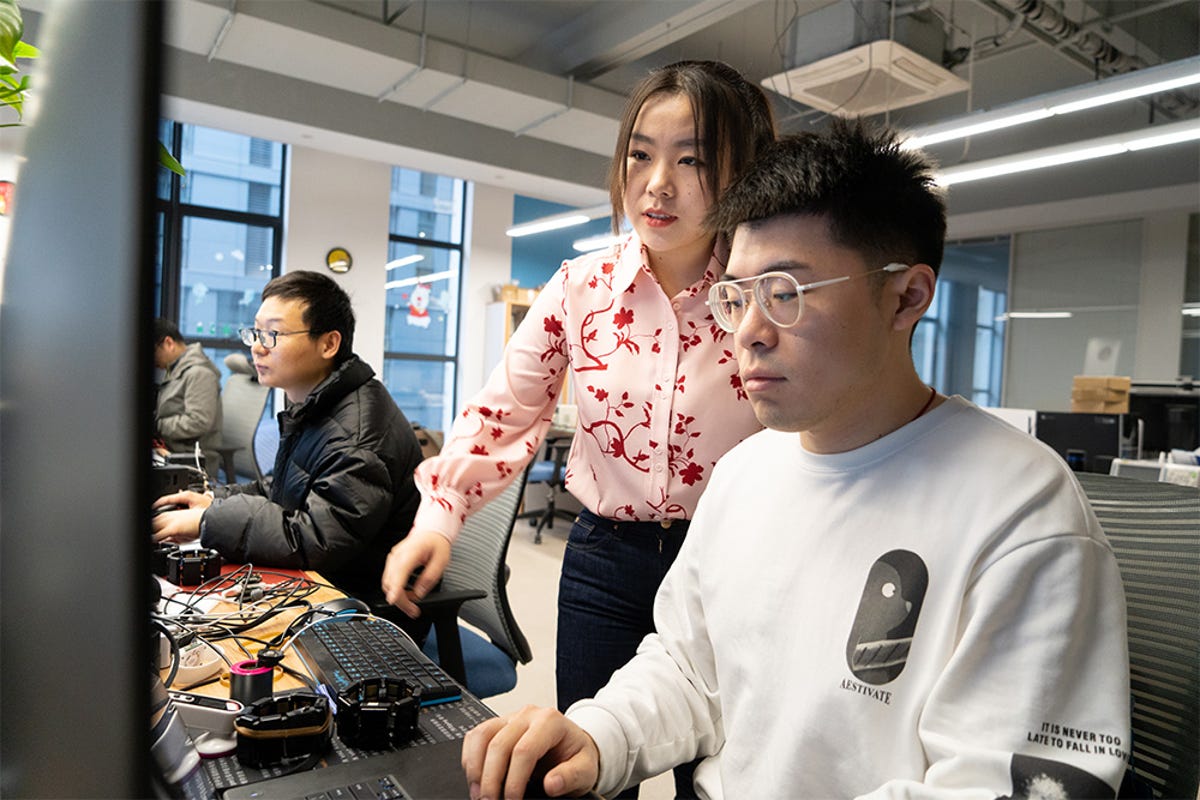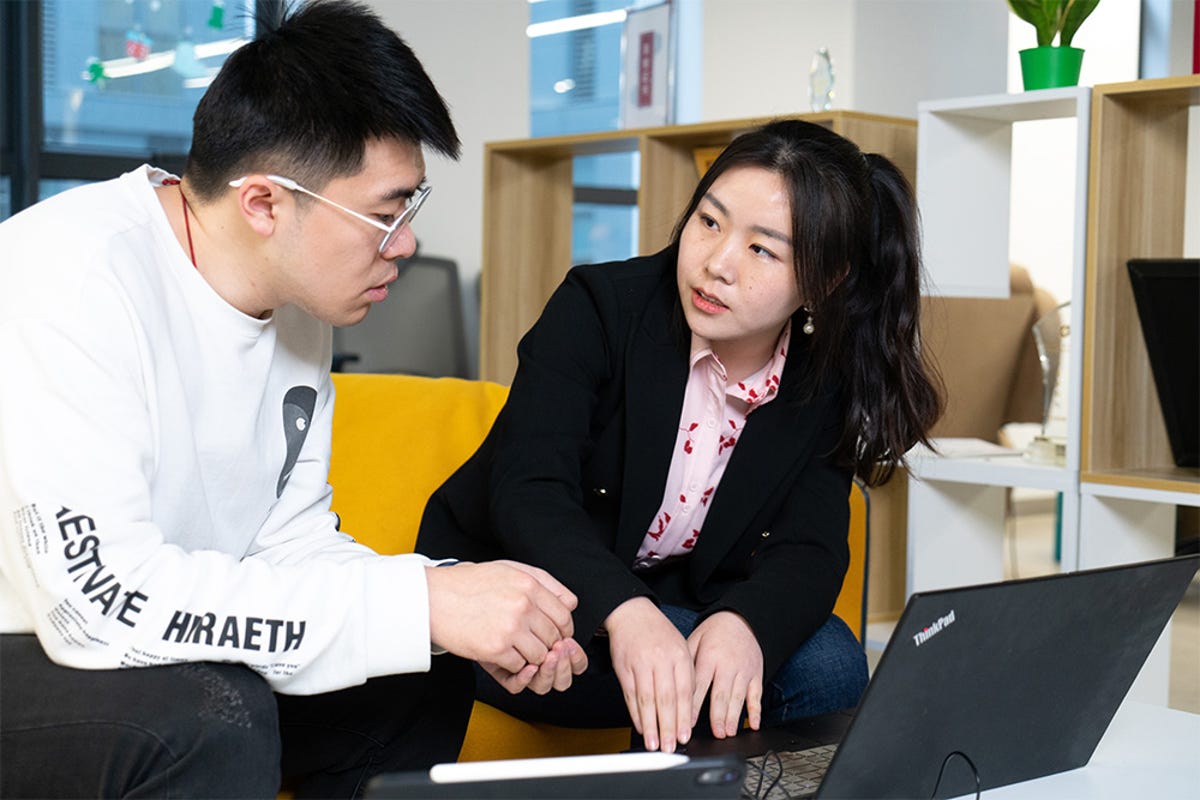Fellow Portrait
Nana Wang
No Barriers Tech. Co. Ltd.

No Barriers develops AI-based hardware and software solutions that provide a bridge between the deaf and hearing worlds.
East Asia
CHINA
Fellow
2021
Updated March 2021
A chasm between two worlds
The world of the deaf and hearing impaired remains separate from the world of the hearing. Few people with normal hearing sensitivity learn sign language, and technology tools currently available to help the hearing-impaired communicate more smoothly are often inconvenient and clumsy to use.
There are nearly 30 million hearing-impaired people in China, which represents about five percent of the population and is about equal to the proportion in the rest of the world. The 360 million hearing-impaired people worldwide who struggle to find employment, enroll in school, and participate fully in society represent an enormous loss of opportunity.

Since childhood, I have wanted to do something meaningful. I thought, if I did this, I could help a lot of people.
Nana Wang always wanted to do something meaningful that would impact a large number of people. She also has a deaf friend who struggled to find a job. Now her company, No Barriers Tech. Co., aims to help China’s hearing-impaired population, as well as their friends and family members, a group representing about 100 million people.
The company evolved from Nana’s participation in the U.N.’s Geek for Good Innovation Competition. No Barriers Tech. Co.’s first two products tackle different sides of the communication challenge. One is an armband that can be thought of as a private sign language translation assistant. The armband is based on surface electromyography (SEMG), a kind of physiological signal caused by human muscle activity. Different gestures correspond to different SEMG signals.
Nana’s computer science background helped her develop a key component of the armband: a deep learning algorithm that trains the program to recognize signs based on SEMG signals. The armband is more portable than existing image-based sign language translation and eliminates the need for a camera.
The company’s other product, LinkU, is the first phone assistive device to help deaf people make phone calls. LinkU is based on established Bluetooth technology that can translate voice and text in real time.

Both products help deaf people interact more smoothly with the hearing community, helping them in everyday life and strengthening relationships. After receiving the LinkU device, one user immediately set out to call 20 of his friends, Nana says, “to tell them he can now make phone calls.”
The company’s name sums up its goal of using technology to create a barrier-free communication environment. Nana hopes to extend the No Barriers brand and products beyond China, and to create devices that will help people with other types of disabilities.

Sign language is the main way deaf people communicate. But most of us don't know sign language. When a deaf person wears the arm band, the arm band will translate their gestures into words so others can understand their meaning.


